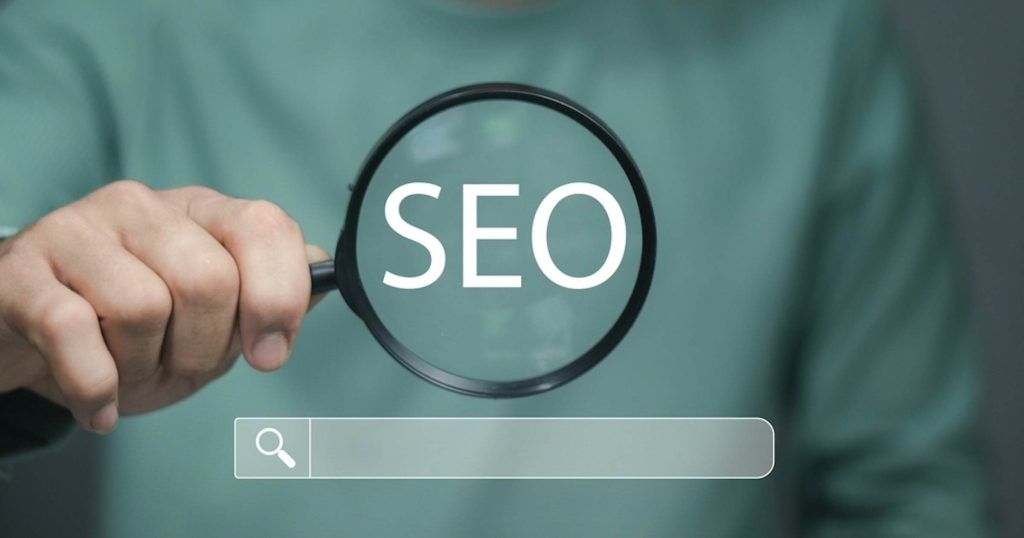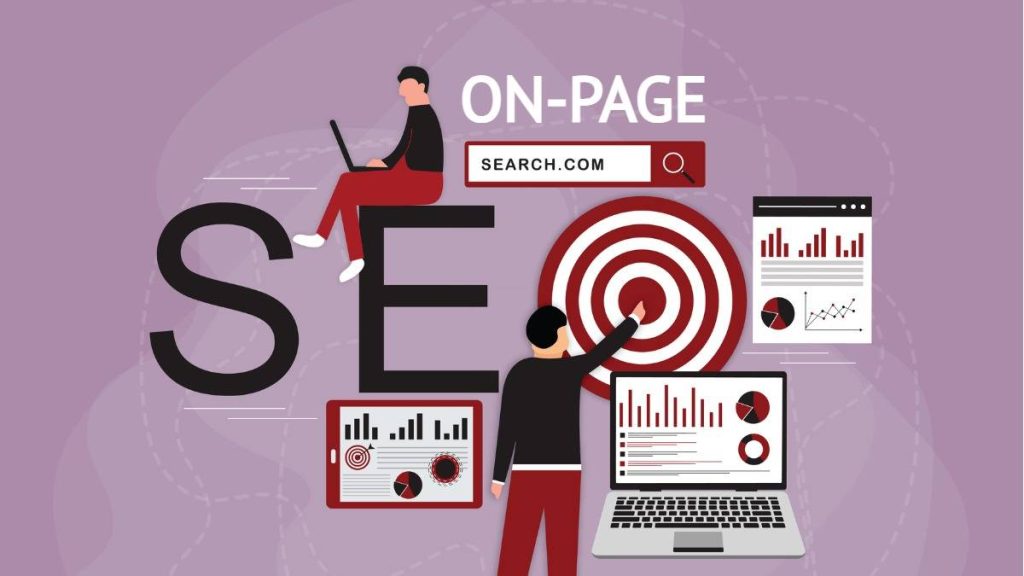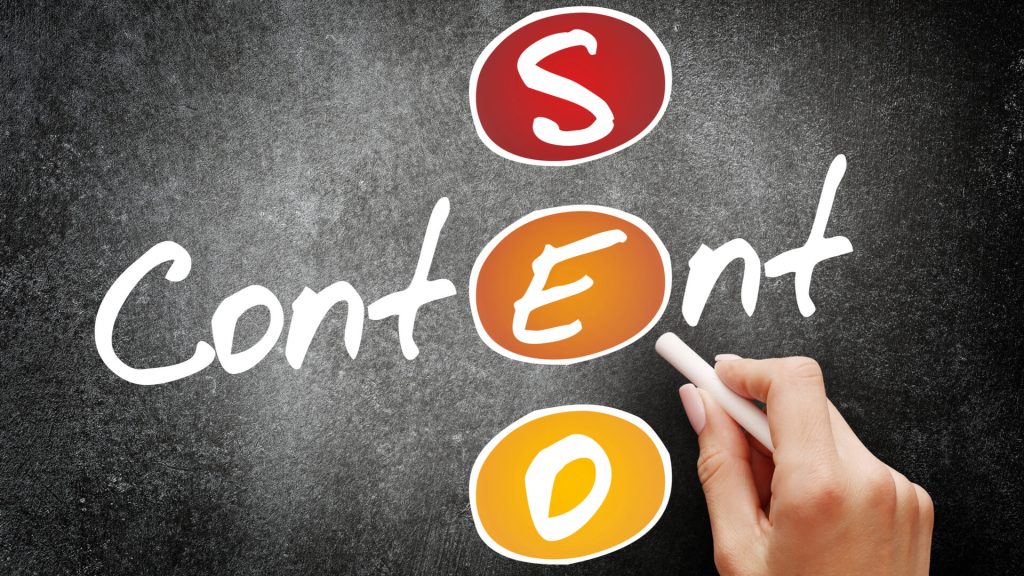Introduction
A new graduate in the field of digital marketing, I have long wondered how businesses make their internet presence optimized. There was one term that was being talked about all the time throughout my internship period and learning process and that term is SEO Search Engine Optimization. It’s a buzz term, I know, but it is also the way to online success for the majority of websites. Spending hours or so studying about this subject, I am looking forward to sharing what I have learned regarding SEO step by step, the six most crucial kinds that any aspiring entrepreneur or marketer would like to learn about. I would prefer to break it down into a concrete, readable manual, as if I would be mentoring an individual who is as excited as you on search engine optimization techniques.

What Is SEO?
SEO is the act of putting a site at the top of search engines such as Google, Bing, or Yahoo. When you search “best coffee shops near my location” or “how do I fix a leaky faucet,” SEO decides which websites pop up in the first place. It’s not copying keywords onto a page (something I used to think while finishing a homework assignment many years and many years ago). Rather, it’s where you get your site noticed by search engines and users, too.
Manage SEO as a bridge that connects what you provide and what people search for. Advanced algorithms by the search engines rank pages based on relevance, quality, and authority. Awesome SEO gets your site singing sweet to these algorithms and providing a great user experience. The six most critical types of SEO which constitute a great search engine optimization plan are discussed below.
The Six Big SEO Categories
1. Technical SEO
Technical SEO is behind the scenes, yet indispensable work on your site, similar to the foundation of a building. It renders your site crawlable by search engines and indexable. I recently audited a site on which I had worked under the auspices of an internship and was stunned at how a slow load or broken link can harm search engine rankings.
Some of the key technical SEO tasks include site speed optimization, broken link repair, mobile usability, and creating an XML sitemap. A slow mobile website will scare visitors away and reduce your Google rankings. Google PageSpeed Insights or Screaming Frog can be used to detect issues but requires technical expertise to fix. Without sound technical SEO, fantastic content won’t rank on search engines.
2. On Page SEO
On page SEO is making page content and structure more relevant to rank higher on search. This was my “aha” moment in class understanding titles, headings, and images are involved. It’s a matter of sending clean signals to search engines what your page is about and why it’s worth reading.
This is keyword targeting on your body copy, meta description, title tag, and headers but in human readable format. For instance, in one of the practice blog drills, I was taught how to include alt text for images on search engine spiders. Internal linking is also a on page SEO technique that directs your visitors to other sites’ pages and provides them with a seamless experience as well as search engine spiders.
3. Off Page SEO
Off page SEO is conducted off of your website and establishes its trust and credibility. I once thought it is all about having as many backlinks as possible, but no, it is not. It is actually about earning the trust of good websites and online communities.
Backlinks or links from another website to your website are the most important aspect of off page SEO. Getting a high authority website to link to your page is essentially a vote of confidence with Google. Social signals, brand mentions, and guest blogging all come into play. I’ve seen it happen to a local company I was consulting with, where it picked up steam after it was promoted on a local news site. That’s time to foster those relationships, but that’s focused search engine authority.

4. Local SEO
Local SEO is a break or make aspect for local businesses such as restaurants or stores. As a coffee addict, I have noticed how some coffee stores always show up on top when I type in “coffee near me.” That is the power of local SEO.
It also involves local search optimization of your site. Obtaining a Google Business Profile is one of the most important steps, as well as utilization of local keywords (such as “Seattle bakery”), and keeping directory listings in sync. Customer reviews are important as well, positive ones being a godsend. I personally experienced it when I helped my friend’s family business with trying to optimize their profile, which attracted more walk ins within weeks.

5. Content SEO
Content SEO is the method of writing and optimizing the content in order to answer your visitors’ questions and rank higher in the search engine. It’s my favorite part of SEO, both art and strategy. Whether blog posting, video creation or infographics creation, the idea is to provide value and include keywords naturally.
If you are doing a group assignment, I did mine on a fictional brand and found out that well researched and SEO optimized content is seen more. SEO of content involves keyword research, structured headers, and readability optimization. Yoast SEO and the other plugins can help, then it’s a matter of knowing what your audience wants and producing readable and compelling content.

6. Mobile SEO
Mobile SEO optimizes your website for smartphone and tablet usage, which is a necessity in today’s mobile first world. Everyone surfs the web on their phone, including myself, and Google crawls mobile first, so it index ranks your site based on the mobile version of your site first.
This means touch friendly navigation, fast load speed, and large easy to click buttons. I have exited a site because text was unreadable on my mobile, don’t make your users leave. Mobile SEO crosses over into technical and on page SEO but is mobile user experience focused specifically.

How SEO Relates to Digital Marketing?
SEO is among the four pillars of online marketing, supporting other methods in securing online success. Digital marketing encompasses various platforms like social media, email marketing, paid advertising, and content marketing, all working towards reaching and engaging with people online. SEO fills the gap in that it gets your site found when people search for products, services, or information about your company. For example, social media definitely generates brand awareness, but SEO puts your site in front when you search “best coffee shops in Seattle,” driving organic traffic. I could witness at my internship how one of the local organizations was leveraging SEO as well as their social media posts to get as much exposure as possible, turning clicks into customers. By integrating SEO with content marketing, you create high quality blog articles or videos that rank and capture visitors, and then those are channeled through email marketing or advertisements. By integrating them, you do not merely make SEO an independent strategy but a column that fortifies your digital marketing approach as a whole.

Why These Types Are Important?
Each one of the SEO methods plays its own part, but collectively they constitute a balance approach. Technical SEO aids search engines in crawling your website, on page and content SEO makes it pertinent, off page SEO assists in establishing authority, local SEO assists you to gain local customers, and mobile SEO assists you to reach in order to serve a phone first world. As a student, I knew that it’s a great start for any marketing person to learn such types of SEO.
When I initially came across SEO, I was confused, but once I broke it down into these six categories, it all fit. It is similar to when as a student, businessman, or hobbyist discovering these categories you can be successful with an SEO campaign. It is not gaming the system, it is creating a site which is actually helpful and available.
